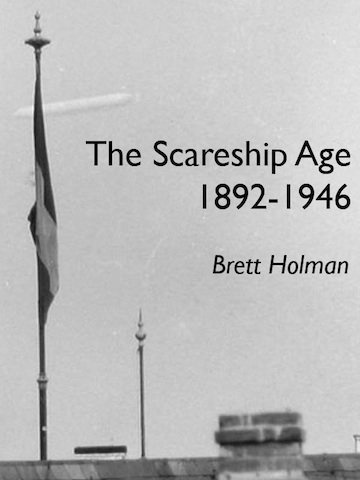The dragon will always get through — IV
So, as I was saying, there doesn’t seem to be much evidence about what was on Tolkien’s mind when he was writing The Hobbit, in particular about the issue of aerial warfare. For example, I don’t know what he made of the bombing of Guernica, which took place about 5 months before The Hobbit (and […]


